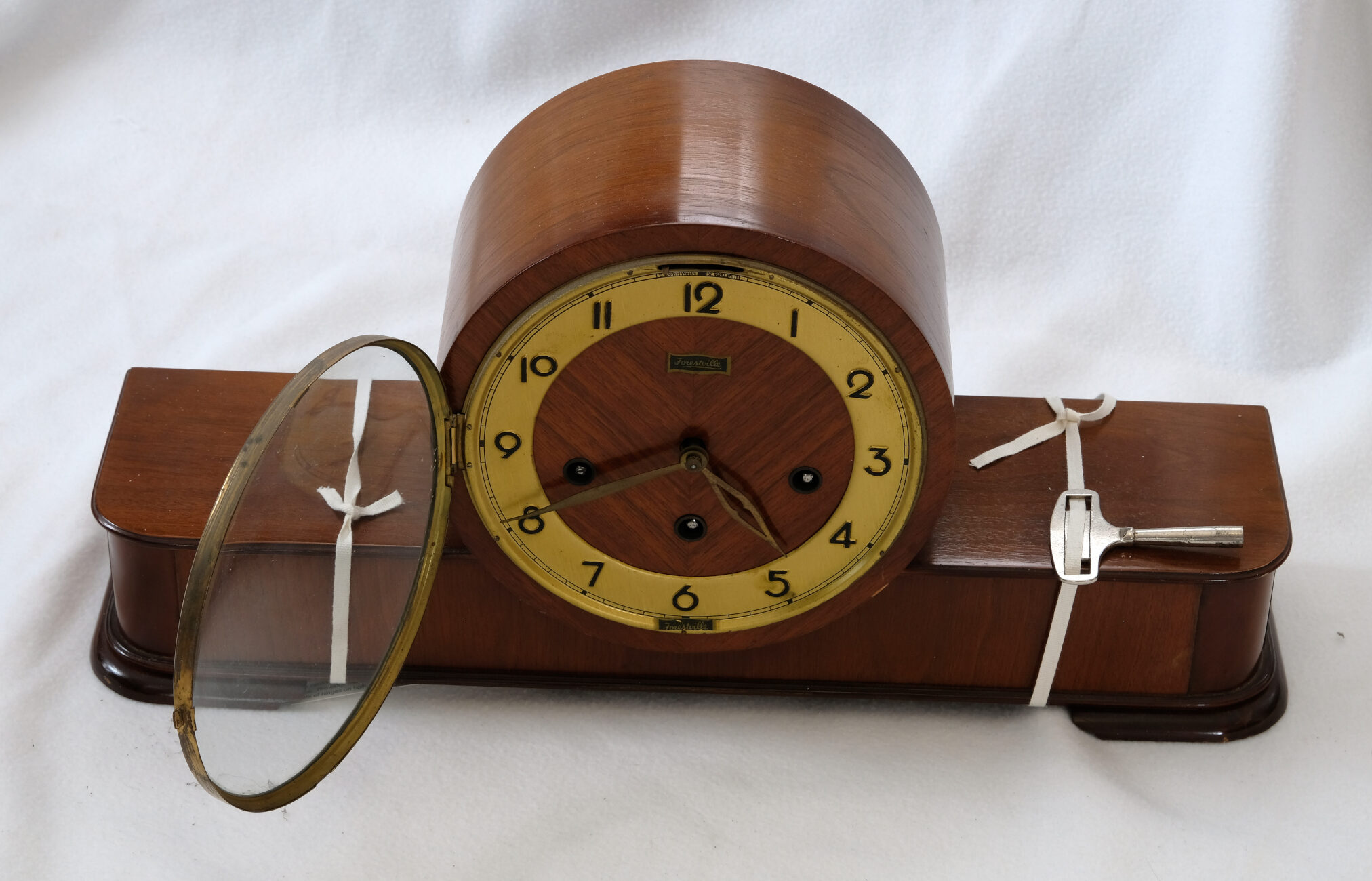Written by: Sam Nicholls - Connect with Sam at sam13nicholls@gmail.com

Imagine a world where the passing of time cannot be measured by the hands on a clock. In today’s society, so structured and based on meeting timely deadlines, this reality can be difficult to visualize. Measuring the passing of time in ancient cultures was reliant on natural elements, such as the sun, moon and water as a determinant for the time of day and night. Being able to interpret time was essential in the prediction of growing season for crops, migration season for certain animals, as well as for nomadic peoples to determine when it was time to leave a particular settlement.
Due to its long-established presence in historical societies and community reliance on various time-telling devices, the “who” and “when” of the invention of the mechanical clock is widely contested. Many sources recognize that mechanical clocks were invented in China during the 6th-7th century, while other sources claim that mechanical clocks were invented in either England or Italy as Christian churches became institutionalized. Regardless of these contested narratives, there is one particular clock whose inventor is known.
In the collection of the South Frontenac Museum is found a mantel chime clock built by the Forestville Company, located in Kitchener, Ontario. The Forestville Clock Company supplied many Canadian households with both mantel and grandfather clocks. The owner of the company, Leopold Stossel, initially established the company as Blackforest Clock Company in 1928, alongside his wife, Sara. They imported their clock parts, as well as completed clocks from Germany and sold them in jewelry stores throughout Ontario. In 1941, the Second World War interrupted their parts supply from Germany. The Stossel’s re-directed their supply lines to France, England and the United States and renamed their company the Forestville Clock Company. Clock parts continued to be made in these other countries, while the wooden cases that protected each clock continued to be made in Canada. The 1950s signified a resurgence of clock-making, and the Stossel’s sought to restore their connection to German-made clock parts. The company continued to make clocks for Canadians until the 1980s.
Since the earliest invention of clocks, inventors have continued to explore the ways in which timekeeping could be improved and become more accurate. While Forestville Clock Company produced pendulum clocks that used springs and gears, Canadian-born Warren Marrison was working hard to develop some new time-measuring technologies. Marrison soon discovered the benefits of quartz crystals, using what was called a quartz oscillator. This technology calculated the regular vibrations of the crystal itself and was more precise than other time-keeping devices of the time.
Although the first quartz clock that Marrison, and his colleague J.W. Horton, invented in 1927 was so large it filled a small room, technology in the mid-century began to improve. Soon, astronomical observatories worldwide would adopt quartz-based technology, and many electronic watches utilize the same technology that Marrsion discovered, although much smaller in scale.
Thanks to the contributions of many Canadian clock workers and inventors, time has become more accurate and accessible. Devices such as microwaves, computers, phones and cars make it easy to organize our schedules down to minutes. How will clock technologies develop in the future? Only time will tell…
For More Information:
https://www.canadashistory.ca/explore/science-technology/made-in-canada-handy-to-have
https://www.scientificamerican.com/article/a-chronicle-of-timekeeping-2006-02/